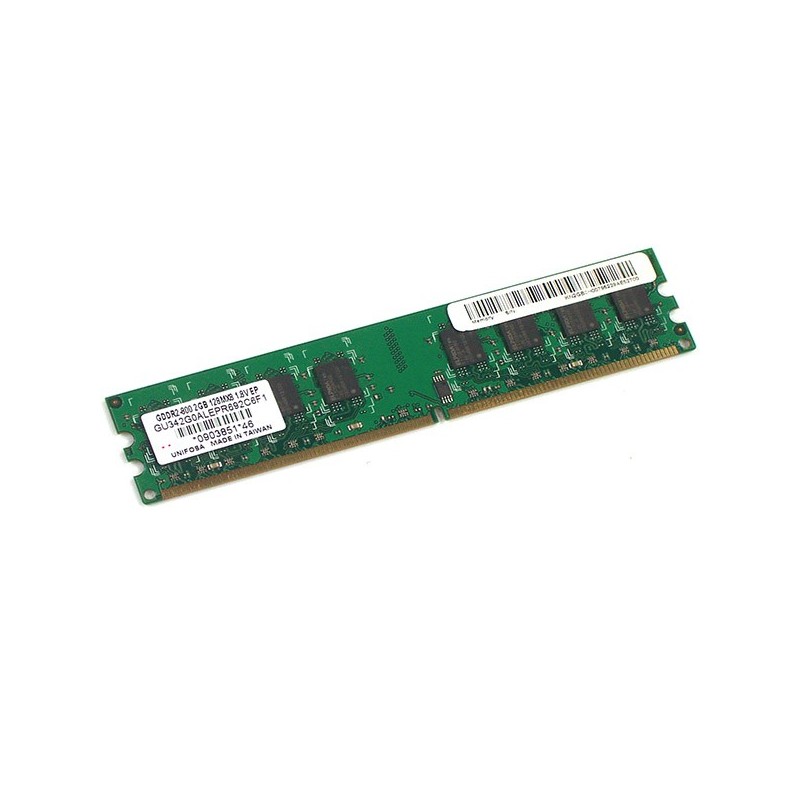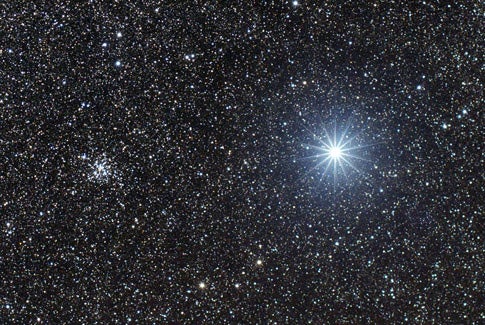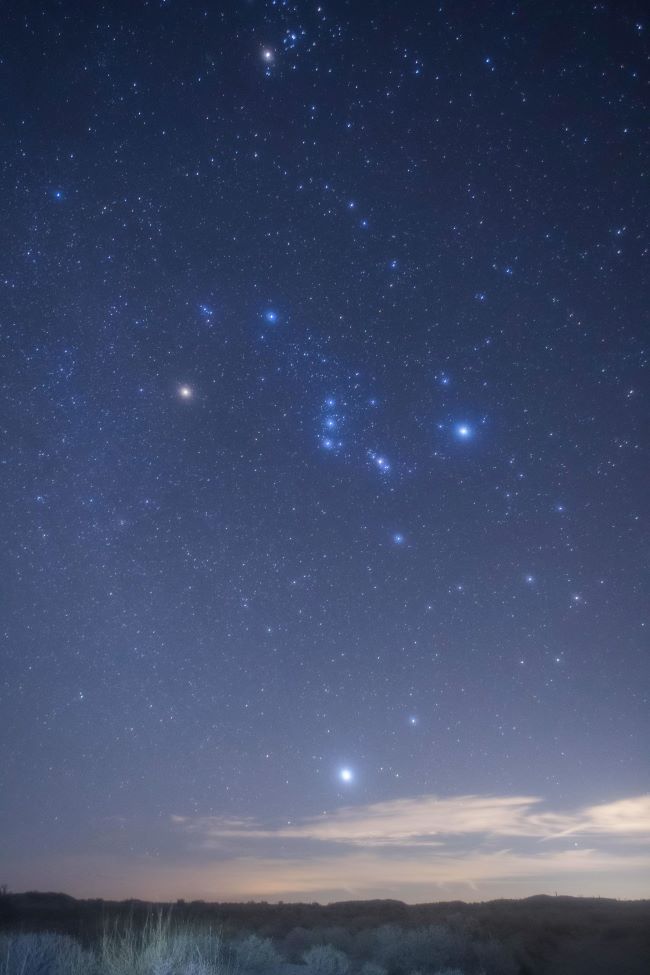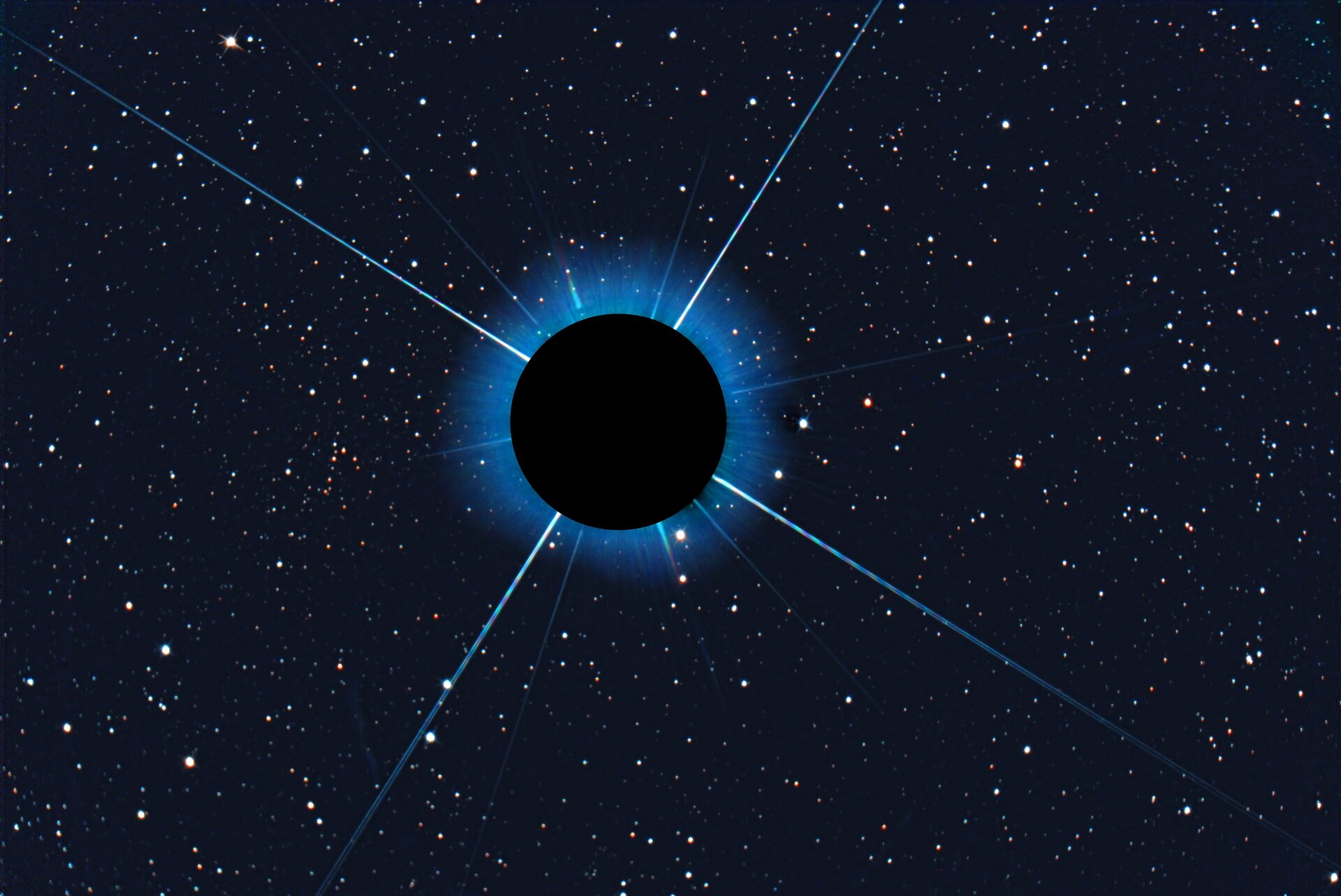- Accueil
- sirius
- Sirius, our brightest star, is orbited by a white dwarf — a dead star's core. Where is the planetary nebula that would have formed when it shed its skin?
Sirius, our brightest star, is orbited by a white dwarf — a dead star's core. Where is the planetary nebula that would have formed when it shed its skin?
4.5 (773) · € 17.99 · En Stock
The brightest star in Earth’s night sky, Sirius, is orbited by a white dwarf — a dead star’s core. This binary companion would have lost its planetary nebula nearly 100 million years ago, leaving nothing to see today.
Are white dwarfs really those stars? Is their inner core really composed of diamonds? - Quora
What happens when white dwarf stars run out of fuel? - Quora
How could a rotating nebula cloud of hot gases and particles accrete to form planets, which are entirely solid at the core or centre of that cloud? - Quora

De Anza Astronomy by Steven Stevens - Issuu
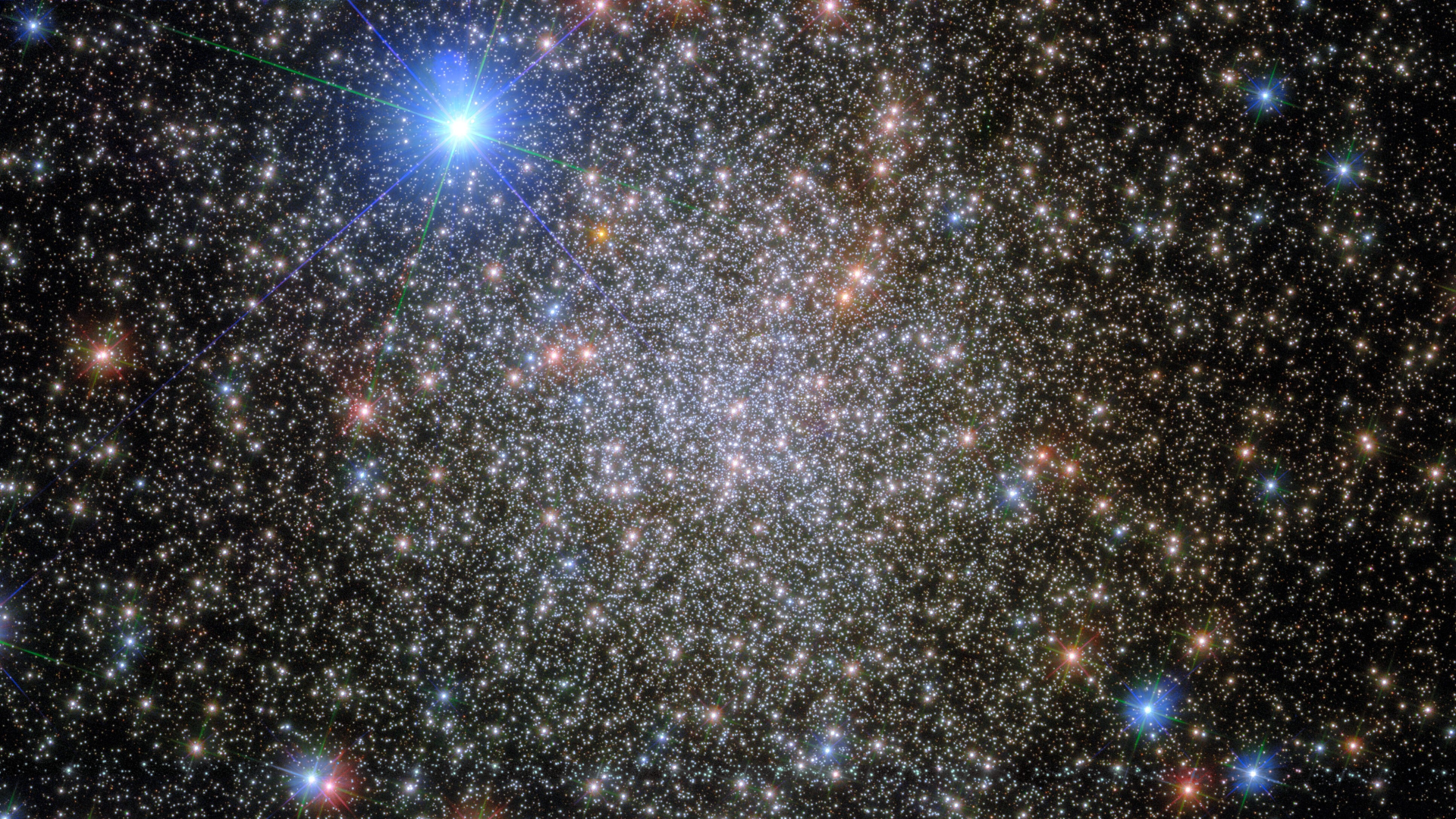
Stars: Facts about stellar formation, history and classification
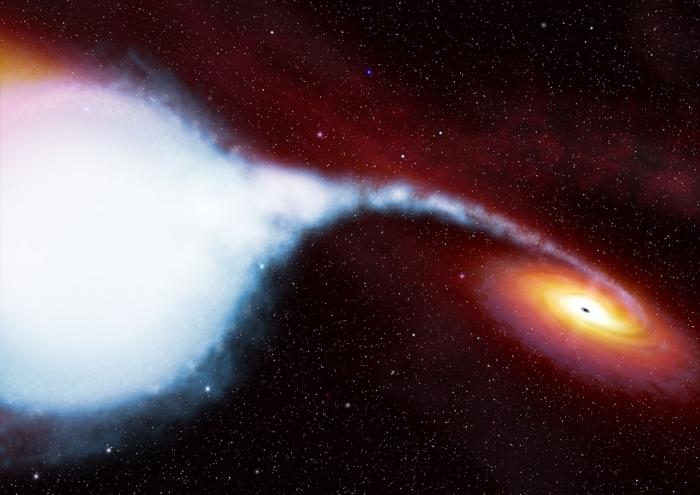
Lesson 6
When the sun dies, will it disappear, become a nebula or both? - Quora

White Dwarfs & Planetary Nebulae: Crash Course Astronomy #30
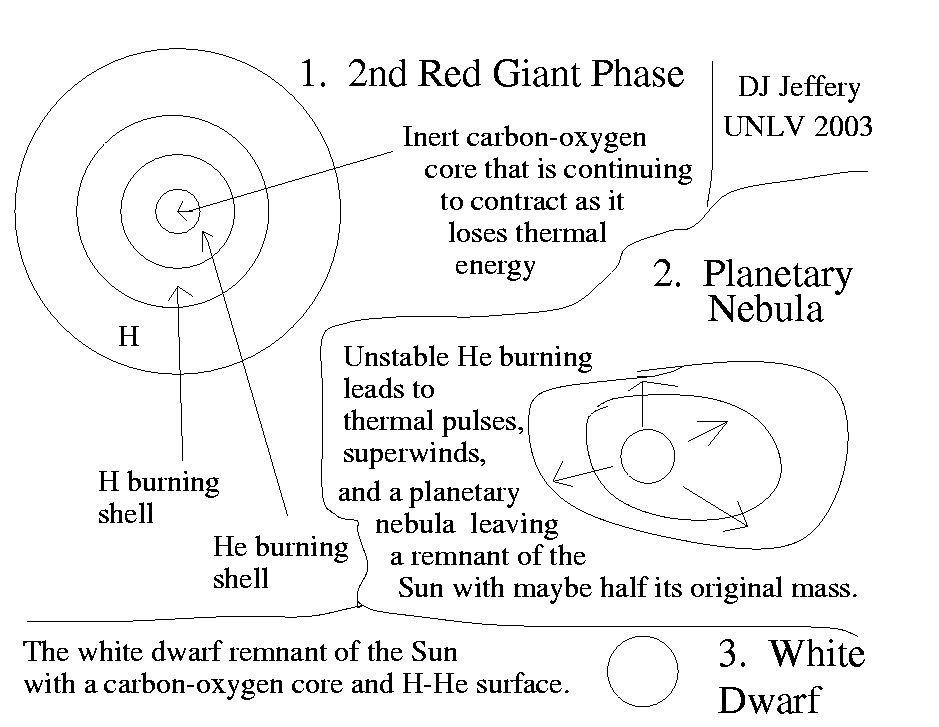
IAL 23: The Post-Main-Sequence Life of Stars

Sirius, our brightest star, is orbited by a white dwarf — a dead star's core. Where is the planetary nebula that would have formed when it shed its skin?
What do you think accounts for the very different planetary chemical and geological properties in the solar system as they all formed from the same solar nebula? - Quora

Astronomy Orion Telescopes & Binoculars





